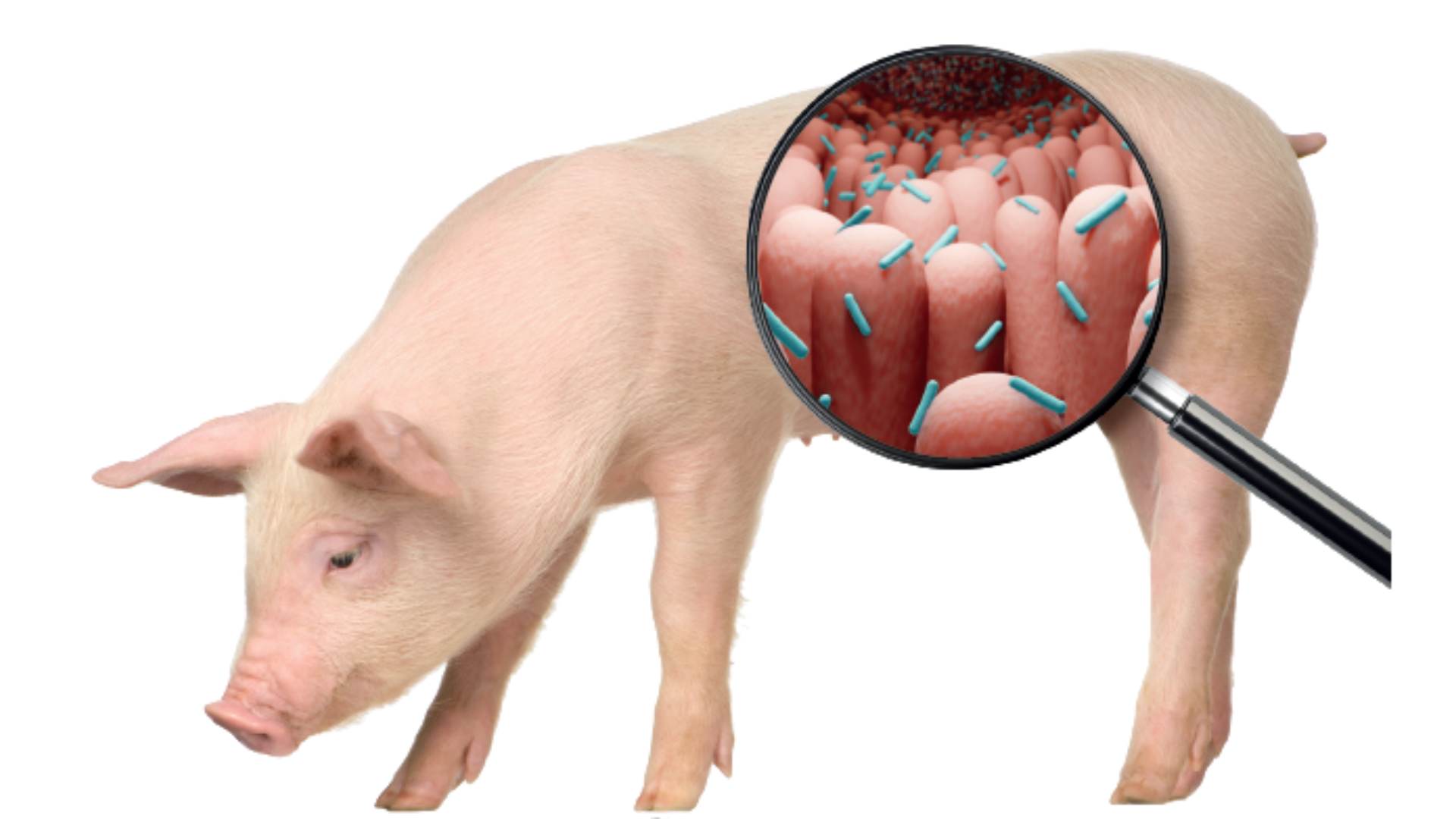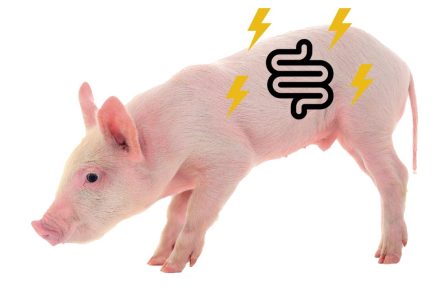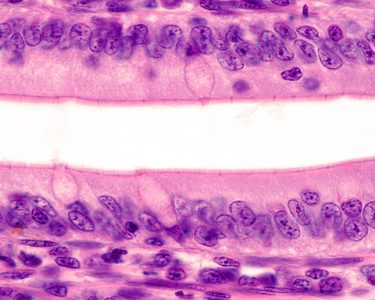 03 Jan 2023
03 Jan 2023
Dietary lipids play an important role in modulating the pig immune system. The gastrointestinal tract (GIT) is not only an important organ for digestion, absorption, and metabolism of dietary nutrients, but it is also the body’s largest immune organ and involves more than 70% of the body’s immune cells (Blikslager et al., 2007).

Pigs face numerous pathogenic and non-pathogenic challenges after weaning, resulting in activation of the gastrointestinal immune system.
While a healthy GIT is considered to be in a constant state of “controlled” inflammation, intestinal infections caused by pathogenic bacteria such as E. coli and Salmonella can dramatically amplify inflammatory responses.
![]() However, weaning-related stress can also induce inflammation (Gresse et al., 2017).
However, weaning-related stress can also induce inflammation (Gresse et al., 2017).
During activation of the GIT immune system, several pro-inflammatory cytokines are produced. An overproduction of these cytokines results in intestinal injury and dysfunction.
Fatty Acids (FAs) play a fundamental role as immune modulators. Contributing as:
Focusing on the prevention of enteric diseases in pigs and broilers, Lauridsen (2019) described the influence of early nutrition with n-6 and n-3 dietary FAs on the synthesis of long-chain PUFA and eicosanoids. Including mechanisms for inflammatory responses and oxidative stress in these animals.
![]() However, the optimal ratio between n-6 and n-3 FAs in terms of response parameters related specifically to immunity and pig gut health is still unknown.
However, the optimal ratio between n-6 and n-3 FAs in terms of response parameters related specifically to immunity and pig gut health is still unknown.
Conjugated linoleic acid (CLA) has been studied for its impact on intestinal immunity in growing and finishing pigs (Lauridsen et al., 2005; Tous et al. , 2012).
 In addition, 2% CLA supplementation for sows from mid-gestation reduced intestinal inflammation of piglets compared to weaned piglets from control sows after exposure to piglets with enterotoxigenic E. coli (Patterson et al., 2008).
In addition, 2% CLA supplementation for sows from mid-gestation reduced intestinal inflammation of piglets compared to weaned piglets from control sows after exposure to piglets with enterotoxigenic E. coli (Patterson et al., 2008).
Function of the intestinal epithelium

Several conditions damage the intestinal epithelium and consequently cause poor absorption of nutrients. In general, E. coli infection can:
In addition to a high cell turnover in the intestinal epithelium, oxidative stress and lipid oxidation products can also alter the barrier function of the epithelial monolayer.
Intestinal epithelial turnover is an important innate defense mechanism, which is greatly affected by microbial colonization (Willing et al. , 2013). Rates of cell loss and proliferation are largely determined by the activation of immune mechanisms associated with commensal bacteria.
FAs, mainly medium and long chain FAs (MCFA and LCFA, respectively), influence intestinal morphology and epithelial barrier functions through different mechanisms (Liu, 2015). Inflammation often results in the redirection of the host’s energy towards other functions other than digestion.
This impact may be more significant in piglets after weaning, as enterocytes directly use MCFAs for energy production and thus maintain intestinal tissue integrity (Guillot et al., 1993).
![]() Dierick et al. (2003) obtained significantly higher villus height and a lower crypt depth as well as a tendency towards improved performance parameters through the use of an MCFA source in the form of Cuphea seeds with a lipase supplement in piglet diets.
Dierick et al. (2003) obtained significantly higher villus height and a lower crypt depth as well as a tendency towards improved performance parameters through the use of an MCFA source in the form of Cuphea seeds with a lipase supplement in piglet diets.

Mixtures of fat sources, especially those that include a high content of free fatty acids, may increase the risk of oxidative stress and inflammation and thus impair intestinal integrity (Zhu et al. , 2012).
The dietary challenge of piglets during weaning with peroxidized oil did not affect the histomorphology of the small intestine (Degroote et al., 2019);
Feeding thermally peroxidized soybean oil to growing pigs had little impact on intestinal permeability measured as: urinary lactulose:mannitol ratio (Overholt et al., 2018).
As recently reviewed, the inclusion of vitamins E and A and trace elements such as Zn, Mn and Cu provides significant protection against membrane hydroperoxide abuse through their antioxidant mechanisms (Dalgaard et al., 2018; Lauridsen, 2019).
| Hence, when modifying dietary fatty acid composition, the risk of oxidative processes within cell membranes must always be considered. The integration of α-tocopherol between plasma membrane FAs (Lauridsen and Jensen, 2012) is of great structural importance for intestinal barrier function. |
You may also like to read: “Influence of lipids on the intestinal health of piglets.”
Subscribe now to the technical magazine of animal nutrition
AUTHORS

Nutritional Interventions to Improve Fertility in Male Broiler Breeders
Edgar Oviedo
The Use of Organic Acids in Poultry: A Natural Path to Health and Productivity
M. Naeem
Synergistic Benefits of Prebiotics and Probiotics in Poultry, Swine, and Cattle
Gustavo Adolfo Quintana-Ospina
Hybrid Rye Potential in Laying Hen Feed Rations
Gwendolyn Jones
A day in the life of phosphorus in pigs: Part I
Rafael Duran Giménez-Rico
Use of enzymes in diets for ruminants
Braulio de la Calle Campos
Minerals and Hoof Health in the Pregnant Sow
Juan Gabriel Espino
Impact of Oxidized Fats on Swine Reproduction and Offspring
Maria Alejandra Perez Alvarado